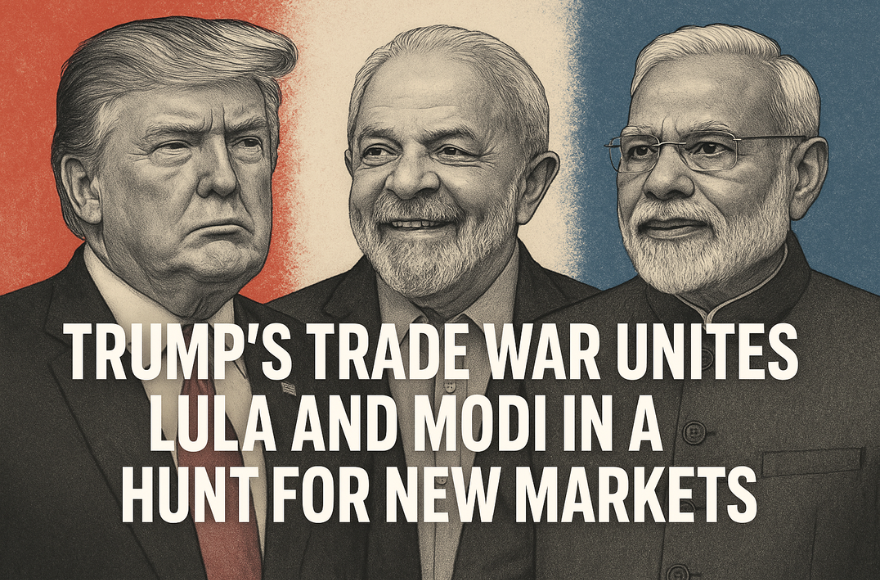
The global oil market is a behemoth, impacting virtually every aspect of our lives, from the price at the pump to the health of national economies. Recently, oil prices have steadied after a significant drop, influenced by the expectation of an oil supply glut and increasing tensions between the US and China. These geopolitical and economic dynamics directly impact the average consumer, investor, and small business.
The US-China relationship plays a critical role in global oil prices. As the world's largest oil consumers, any movement in their relationship, whether positive or negative, sends shockwaves through the oil market. Recent escalating tensions between the two nations, spurred on by an ongoing trade war, have only pushed oil prices lower.
This situation is compounded by the oil market's current oversupply. The COVID-19 pandemic has severely disrupted global economies and demand patterns, leading to an abundance of oil that far outstrips demand. This oversupply is putting downward pressure on oil prices, even as OPEC and its allies try to curtail production to balance the market.
For the average person, these dynamics can translate into lower gasoline prices. While this might seem like good news for consumers, it's a double-edged sword. Lower oil prices can lead to job losses in the energy sector, decreased investment in alternative energy sources, and economic instability in oil-dependent countries.
For investors, the oil market's volatility presents both risks and opportunities. While falling oil prices can spell disaster for energy stocks, they can also create buying opportunities for those willing to weather the storm. It's crucial for investors to stay informed about global geopolitical dynamics and understand how they interact with economic trends.
Small businesses, particularly those in the energy sector or those heavily dependent on transportation, are also directly affected by these trends. Lower oil prices can translate into lower operating costs, but they can also signal a slowing economy that can lead to decreased consumer spending. Therefore, small businesses must stay agile and adaptable in the face of these changing dynamics.
Ultimately, the current state of the oil market underscores the interconnectedness of global economies and the importance of geopolitical relations in shaping market trends. As the world grapples with the ongoing economic fallout from the COVID-19 pandemic and escalating geopolitical tensions, it's clear that these forces will continue to shape the oil market in the months and years to come.
Investors, businesses, and everyday consumers must remain vigilant and informed about these trends. Understanding the complex interplay of geopolitical relations, economic dynamics, and market trends is key to navigating the economic landscape effectively, whether you're filling up your tank at the pump or making strategic business decisions.

 Next
Next
Oil prices holding steady shows the market is adjusting to mixed signals. Extra supply and trade tensions between the US and China are creating pressure. Investors are waiting to see if demand improves or if rising political risks lead to more price swings.
Oil prices have steadied for now, but risks remain. A potential supply glut could push prices lower, while US-China tensions add pressure. Traders are watching global demand trends closely to see whether stability will last or if new volatility is coming.
Oil prices are steady now, but the outlook isn’t clear. The world may have more oil than it needs, while US-China tensions raise fears of slower trade. This mix of supply and politics makes it hard for markets to predict what’s next.
Nayak
Oct 30, 2025Oil prices are stabilizing after recent drops. A possible supply glut and rising US-China tensions are keeping traders cautious. While demand remains uncertain, steady pricing suggests the market is trying to balance production levels and global political risks in the coming months.